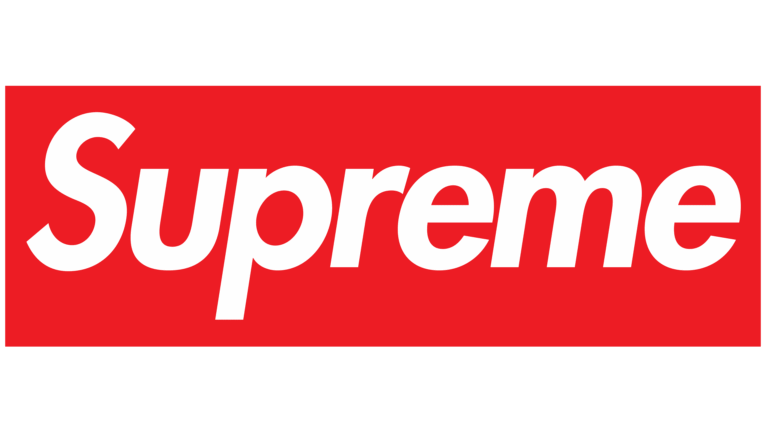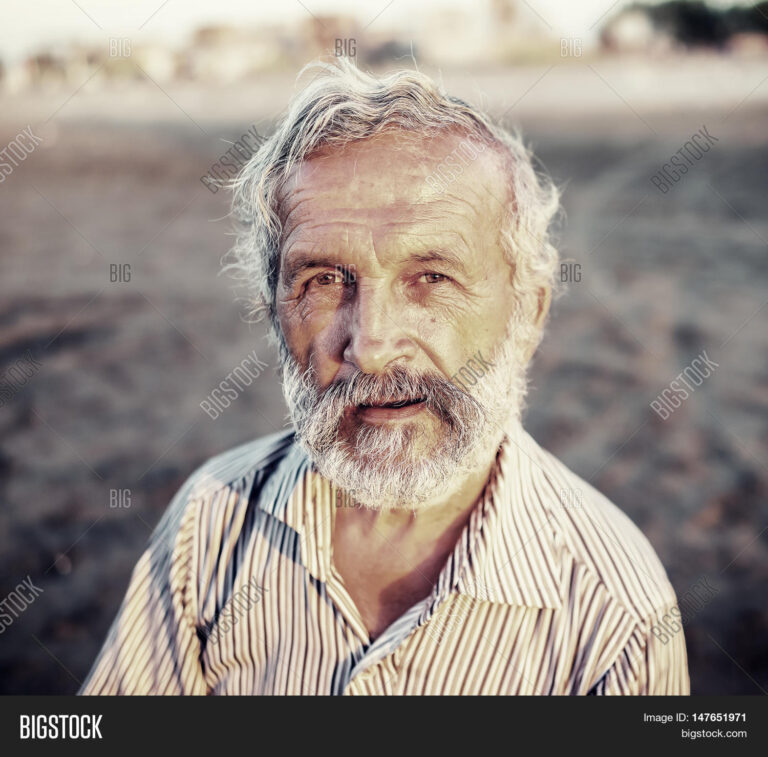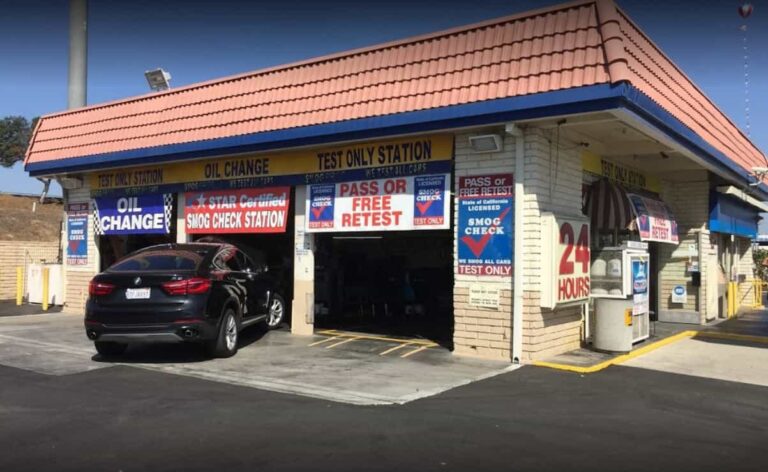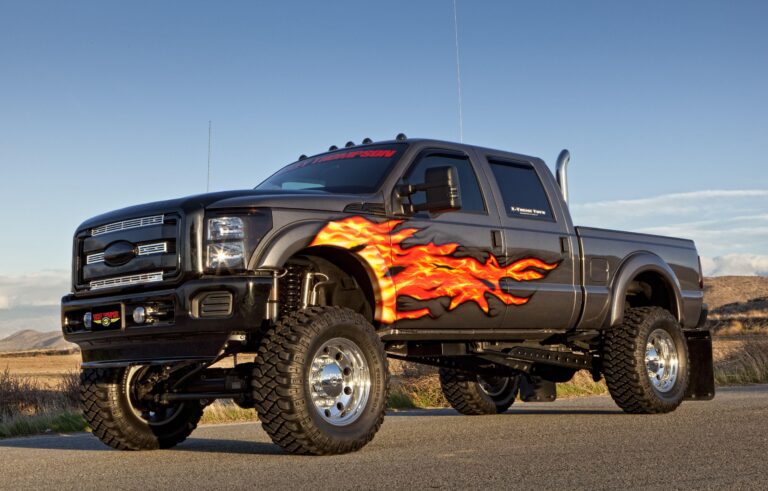Rhino Paintjob: The Ultimate Guide to Durable Protection and Style
Rhino Paintjob: The Ultimate Guide to Durable Protection and Style cars.truckstrend.com
In a world where vehicles and equipment face relentless wear and tear, from abrasive elements to accidental impacts, a standard paint job often falls short. Enter the "Rhino Paintjob"—a term that has become synonymous with unparalleled durability, robust protection, and a distinctive aesthetic. More than just a coat of paint, a Rhino Paintjob refers to the application of a high-performance, spray-on protective coating, often polyurethane or polyurea-based, designed to withstand the harshest conditions while enhancing the look and longevity of virtually any surface.
This comprehensive guide will delve deep into the world of Rhino Paintjobs, exploring its benefits, applications, the meticulous process involved, and crucial considerations for anyone contemplating this ultimate upgrade. Whether you’re a truck owner looking to protect your bed, an off-road enthusiast seeking a resilient exterior, or an industrial professional requiring a durable surface solution, understanding the nuances of a Rhino Paintjob is essential for making an informed decision.
Rhino Paintjob: The Ultimate Guide to Durable Protection and Style
What is a Rhino Paintjob? Defining the Beast
At its core, a Rhino Paintjob is a specialized, thick-film protective coating, typically applied through a spray-on process. Unlike conventional automotive paint, which is primarily for aesthetics and minimal protection, a Rhino Paintjob forms a monolithic, impenetrable barrier that is highly resistant to impact, abrasion, chemicals, and corrosion.
Historically, these coatings gained fame as truck bed liners, protecting cargo areas from scratches, dents, and rust. However, their exceptional properties quickly led to their adoption in a vast array of applications, extending to full vehicle exteriors, industrial equipment, marine vessels, agricultural machinery, and even architectural surfaces. The materials commonly used are high-solids polyurethane or polyurea elastomers, known for their incredible tensile strength, flexibility, and rapid curing times. When applied, they create a textured, often slightly rubbery, surface that not only protects but also provides enhanced grip and sound dampening.
Why Choose a Rhino Paintjob? Benefits Beyond Aesthetics
The decision to invest in a Rhino Paintjob is driven by a compelling list of advantages that far surpass those offered by traditional paint or less robust protective measures.
- Unmatched Durability and Impact Resistance: This is the hallmark of a Rhino Paintjob. The thick, resilient coating absorbs impacts, preventing dents, dings, and scratches from rocks, tools, or cargo. It stands up to heavy use where conventional paint would quickly fail.
- Superior Abrasion Resistance: Whether it’s dragging heavy objects across a truck bed or gravel pelting a vehicle’s undercarriage, the coating resists wear from friction and scraping, maintaining its integrity over time.
- Corrosion and Rust Prevention: By creating a sealed, impermeable barrier, the Rhino Paintjob prevents moisture, chemicals, and salt from reaching the underlying metal, effectively stopping rust and corrosion in its tracks. This is particularly crucial for vehicles exposed to harsh weather or marine environments.
- Chemical Resistance: Spills of oil, gasoline, cleaning agents, or other industrial chemicals are less of a concern as the coating is formulated to resist degradation from a wide range of corrosive substances.
- Enhanced Grip and Anti-Slip Properties: The textured finish provides excellent traction, making surfaces safer to walk on or work with, especially in wet conditions. This is invaluable for truck beds, steps, and industrial flooring.
- Sound Dampening: The dense, flexible material helps to absorb vibrations and deaden noise, contributing to a quieter ride in vehicles or reduced operational noise in machinery.
- UV Stability and Color Retention: Modern Rhino Paintjobs are formulated with UV inhibitors to prevent fading and chalking, ensuring the color remains vibrant and consistent even after prolonged exposure to sunlight.
- Increased Resale Value: A well-protected vehicle or piece of equipment often commands a higher resale value, as the coating demonstrates a commitment to maintenance and longevity.
- Customization and Aesthetics: While traditionally black, these coatings are now available in a wide spectrum of colors, allowing for complete vehicle wraps or custom accents that combine rugged protection with personalized style.


Types and Applications of Rhino Paintjob
The versatility of Rhino Paintjobs extends to various formulations and an extensive range of applications, each tailored to specific needs.
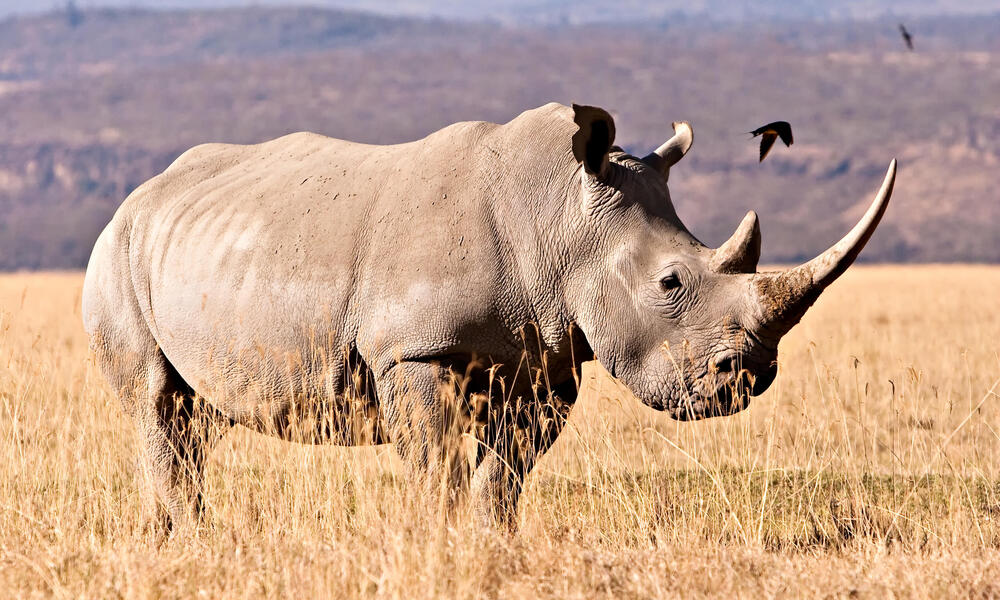
- Polyurethane-Based Coatings: These are highly durable, flexible, and offer excellent impact and abrasion resistance. They are commonly used for truck bed liners, interior vehicle floors, and areas requiring good elasticity.
- Polyurea-Based Coatings: Known for their extremely rapid cure times and superior chemical resistance, polyurea coatings are often preferred for industrial applications, tank linings, and situations where quick return to service is critical. They also exhibit excellent tensile strength and tear resistance.
- Hybrid Formulations: Many products blend polyurethane and polyurea to combine the best properties of both, offering a balanced performance for diverse applications.
Common Applications:
- Truck Bed Liners: The most iconic application, protecting truck beds from daily abuse.
- Full Vehicle Exteriors: Popular for off-road vehicles, Jeeps, and work trucks, providing an indestructible exterior that resists scratches from branches, rocks, and mud. It also offers a unique, rugged aesthetic.
- Rocker Panels and Fender Flares: Targeted protection for areas prone to stone chips and road debris.
- Marine Applications: Protecting boat hulls, decks, fishing boats, and trailers from saltwater corrosion, abrasion, and slip hazards.
- Industrial Equipment: Coating machinery, trailers, heavy equipment, and commercial vehicles to extend their lifespan in demanding environments.
- Agricultural Equipment: Protecting tractors, trailers, and implements from harsh chemicals, fertilizers, and abrasive materials.
- Architectural and Commercial: Used on floors, ramps, steps, and high-traffic areas where durability and slip resistance are paramount.
The Process: A Step-by-Step Guide to a Professional Rhino Paintjob
Achieving a high-quality Rhino Paintjob is a meticulous process that requires expertise, specialized equipment, and careful preparation. While DIY kits exist, professional application is highly recommended for optimal results and warranty coverage.
-
Preparation is Key: This is arguably the most critical step.
- Cleaning: The surface must be thoroughly cleaned of all dirt, grease, oil, wax, and contaminants. Pressure washing and specialized degreasers are typically used.
- Sanding/Scuffing: The surface is then scuffed or lightly sanded to create a profile that allows the coating to properly adhere. This ensures mechanical bonding.
- Rust and Dent Repair: Any existing rust must be treated and removed. Dents and imperfections should be repaired and filled, as the coating will conform to the underlying surface.
- Masking: All areas not to be coated (windows, trim, lights, engine components) are meticulously masked off using specialized tapes and films. This prevents overspray and ensures clean lines.
-
Priming (If Necessary): Depending on the substrate (e.g., bare metal, plastic, fiberglass) and the specific coating product, a primer may be applied to enhance adhesion and prevent issues like bubbling or peeling.
-
Mixing and Equipment Setup: The multi-component coating material is prepared according to manufacturer specifications, often requiring precise ratios and specialized heated spray equipment to ensure proper chemical reaction and consistent application.
-
Application: The coating is sprayed onto the prepared surface in multiple thin, even layers. Professional applicators are skilled at maintaining consistent thickness and texture, ensuring full coverage without drips or runs. The texture can often be customized from a fine, subtle finish to a more aggressive, coarse one.
-
Curing: The coating begins to cure rapidly, often becoming tack-free within minutes or hours. Full cure and maximum strength typically take several days to a week, during which time the coated item should be protected from heavy use or extreme conditions.
-
Quality Control and Finishing: Once cured, the masking is removed, and the finished product is inspected for uniformity, adhesion, and overall quality. Any minor imperfections can often be touched up.
Key Considerations Before Getting a Rhino Paintjob
Before committing to a Rhino Paintjob, it’s important to weigh several factors to ensure it’s the right choice for your needs and budget.
- Cost: A professional Rhino Paintjob is an investment. Prices vary significantly based on the area being coated, the type of material, the complexity of the job, and the applicator. Full vehicle exteriors will naturally be more expensive than just a truck bed.
- Color and Texture: While traditionally black, most providers offer a range of custom colors. Discuss color matching options and the desired texture (fine, medium, coarse) beforehand.
- Weight Addition: The coating adds some weight to the vehicle. While often negligible for small areas, a full vehicle exterior can add a noticeable amount, which might impact fuel efficiency slightly.
- Professional vs. DIY: While DIY kits are available, achieving a professional, durable, and aesthetically pleasing finish is challenging without specialized equipment and experience. Professional application ensures proper adhesion, uniform thickness, and warranty support.
- Warranty: Reputable applicators offer warranties on their work and the product itself. Understand what the warranty covers (e.g., peeling, bubbling, fading) and for how long.
- Maintenance and Repair: While extremely durable, the coating can be repaired if damaged. Discuss the repair process and potential costs with your applicator.
Maintaining Your Rhino Paintjob
Despite its ruggedness, a Rhino Paintjob benefits from simple maintenance to keep it looking its best and ensure its longevity.
- Regular Cleaning: Wash the coated surface with soap and water using a stiff brush to remove dirt, mud, and debris that can get lodged in the texture. A pressure washer can also be effective, but avoid holding the nozzle too close.
- Avoid Harsh Chemicals: While resistant to many chemicals, prolonged exposure to extremely harsh solvents or acids can degrade the coating over time. Clean spills promptly.
- No Wax or Polish: Unlike traditional paint, a Rhino Paintjob does not require waxing or polishing. These products can build up in the texture and be difficult to remove.
- Inspect Periodically: Check for any signs of damage, peeling, or bubbling, especially in high-wear areas. Address minor issues promptly to prevent them from worsening.
Common Challenges and Solutions
While highly reliable, a Rhino Paintjob can sometimes present challenges.
- Bubbling or Peeling: Often caused by improper surface preparation (contamination, moisture) or insufficient primer. Solution: Professional re-preparation and reapplication of the affected area are usually required.
- Inconsistent Texture/Thickness: Can result from inexperienced application or faulty spray equipment. Solution: A professional can often grind down inconsistent areas and re-spray for a uniform finish.
- Fading/Chalking: While modern coatings are UV stable, prolonged extreme sun exposure can still cause minor degradation over many years, especially with older formulations. Solution: Regular cleaning helps, and in severe cases, a specialized top coat or reapplication might be considered.
- Repairing Damage: While tough, extreme impacts can tear or gouge the coating. Solution: Small areas can often be repaired by cleaning the area, scuffing, and applying a repair kit or having a professional patch it.
Conclusion: The Investment in Unyielding Protection
A Rhino Paintjob is far more than a superficial upgrade; it’s a strategic investment in the longevity, resilience, and aesthetic appeal of your assets. From safeguarding your truck bed against the rigors of daily use to transforming an entire vehicle into an impenetrable fortress, these advanced protective coatings offer a level of durability that traditional paint simply cannot match. By understanding the meticulous application process, the myriad benefits, and the key considerations, you empower yourself to make an informed decision that ensures your valuable possessions are equipped to face any challenge the world throws at them, emerging virtually unscathed.
Rhino Paintjob Service Price Table
Please note: These prices are estimates and can vary significantly based on location, specific product used, complexity of the job, color choice, and the applicator’s expertise. Always get a detailed quote from a certified professional.
| Service Description | Estimated Price Range (USD) | Details / Inclusions |
|---|---|---|
| Truck Bed Liner (Standard) | $500 – $850 | Short bed or long bed; standard black; includes surface prep, masking, application. |
| Truck Bed Liner (Custom Color) | $700 – $1,100 | Short bed or long bed; custom color match; includes surface prep, masking, application. |
| Rocker Panels & Lower Door Trim | $600 – $1,200 | Protection for lower body sections prone to stone chips and road debris. Price varies by vehicle size. |
| Fender Flares (Set of 4) | $300 – $600 | Off-road style flares or factory flares; includes prep and application. |
| Full Vehicle Exterior (Small SUV/Jeep) | $3,000 – $6,000 | Complete exterior coverage; includes extensive prep, masking, door jambs (optional), custom color. |
| Full Vehicle Exterior (Mid-Size Truck/SUV) | $4,500 – $8,000 | Complete exterior coverage; includes extensive prep, masking, door jambs (optional), custom color. |
| Full Vehicle Exterior (Large Truck/Van) | $6,000 – $10,000+ | Complete exterior coverage; includes extensive prep, masking, door jambs (optional), custom color. |
| Interior Floor (Jeep/Off-road Vehicle) | $800 – $1,800 | Coating interior floor pans for water resistance, sound dampening, and easy cleaning. Includes removal of seats. |
| Marine Decking (per sq ft) | $15 – $30 | Anti-slip and corrosion protection for boat decks. Price per square foot. |
| Trailer Floor/Ramp (Standard) | $400 – $1,500 | Utility, ATV, or enclosed trailer floors/ramps; provides durability and traction. Price varies by size. |
| Industrial Equipment (per sq ft) | $10 – $25 | Custom quotes based on specific equipment, surface area, and preparation required. |
| Minor Repair / Patch Work | $100 – $300+ | For small damaged areas; minimum charge applies. |
Frequently Asked Questions (FAQ) About Rhino Paintjob
Q1: How long does a Rhino Paintjob typically last?
A1: When properly applied by a professional, a Rhino Paintjob can last the lifetime of the vehicle or equipment it’s applied to. Many reputable products come with a limited lifetime warranty against bubbling, peeling, or cracking.
Q2: Can I choose any color for my Rhino Paintjob?
A2: Yes, while black is the most common and often standard, most professional applicators can tint the coating to match virtually any color, including factory automotive colors. Custom color mixes are also possible.
Q3: Will a Rhino Paintjob fade or chalk over time?
A3: Modern Rhino Paintjob formulations include UV inhibitors designed to prevent fading and chalking, even with prolonged exposure to sunlight. Older or lower-quality products might exhibit some chalking over many years, but current materials are highly stable.
Q4: Is a Rhino Paintjob easy to clean?
A4: Yes, it’s quite easy to clean. The textured surface can trap dirt, but it’s easily removed with soap, water, and a stiff brush or pressure washer. Avoid harsh solvents that aren’t specifically designed for the coating.
Q5: Can I apply a Rhino Paintjob myself, or should I hire a professional?
A5: While DIY kits are available, professional application is highly recommended. Achieving a uniform texture, proper adhesion, and full coverage requires specialized equipment, experience, and a meticulously clean environment. Professional application also typically comes with a warranty.
Q6: Does a Rhino Paintjob add significant weight to my vehicle?
A6: For areas like a truck bed, the added weight is usually negligible (around 40-70 lbs). For a full vehicle exterior, it can add more weight (e.g., 100-200 lbs+ depending on vehicle size and coating thickness), which might slightly impact fuel efficiency, but it’s often a minor trade-off for the enhanced protection.
Q7: Can a Rhino Paintjob be removed if I change my mind?
A7: Removing a professionally applied Rhino Paintjob is extremely difficult and labor-intensive, often requiring specialized tools and chemicals, and can be costly. It’s designed to be a permanent solution. Consider your decision carefully before application.
Q8: Will a Rhino Paintjob protect against rust?
A8: Yes, absolutely. By creating a sealed, impermeable barrier over the substrate, a Rhino Paintjob effectively prevents moisture, salt, and chemicals from reaching the metal, thus stopping rust and corrosion. However, any existing rust must be thoroughly removed and treated before application.
Q9: How long does the application process take?
A9: The actual spray application might only take a few hours, but the preparation (cleaning, sanding, masking) is extensive and can take one to two days for a truck bed, and several days for a full vehicle. Curing time before light use is usually 24 hours, with full cure taking up to a week.
